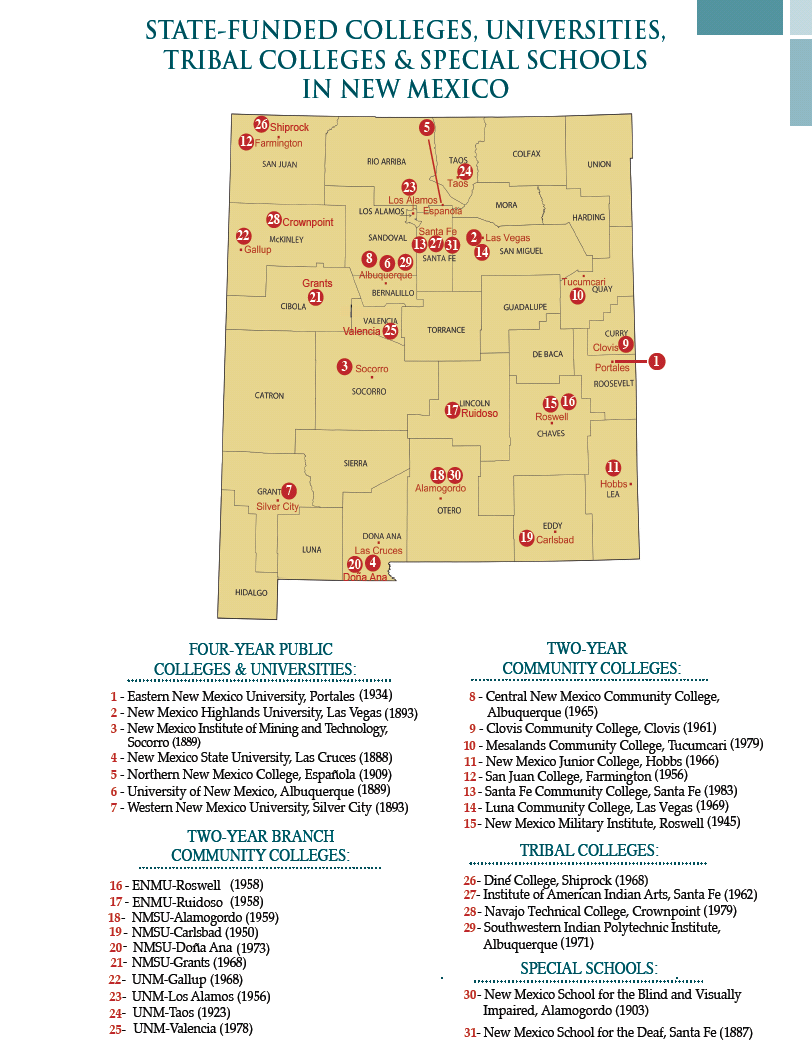Latest New Mexico film study does nothing to keep program off chopping block
09.30.2016
The Legislature has convened in Santa Fe to address the massive budget shortfall. The Rio Grande Foundation has made elimination of New Mexico’s $50 million film subsidy program a cornerstone of its budget-cutting efforts. And, yesterday, a new study (the third) was released by the New Mexico Film Office which purports to study the economic impact of the subsidy program, this time on tourism.
Let’s recap: Study 1 found that “film production activity has produced an estimated $0.33 in state taxes for each dollar in production incentive granted.” In other words, the State loses 67 cents in tax revenue every time a dollar goes out the door to the film program.
Study phase 2 talked about employment data, but provided nothing really new about the economic impact of the program.
Now, we are told by industry supporters that phase 3 provides “definitive proof that movies make money for New Mexico.”
The latest report attempts to attribute a financial impact to the film industry in the areas of tourism and educational programs. The study makes some assumptions (high, low, and moderate), but how many people are making a special trip to come to New Mexico to see Walter White’s house from Breaking Bad? How much money is being spent here that wouldn’t otherwise be spent? And, more importantly, how many tax dollars are flowing into the State from film tourism? The new study’s assumptions are simply impossible to justify.
Lastly, the educational programs issue is just a red-herring.
Unfortunately, legislators are being asked to address a massive budget shortfall. Every interest group will say that their spending is ESSENTIAL. Fortunately, as principled liberals will point out, we know the film subsidy is one easy area to cut.






























